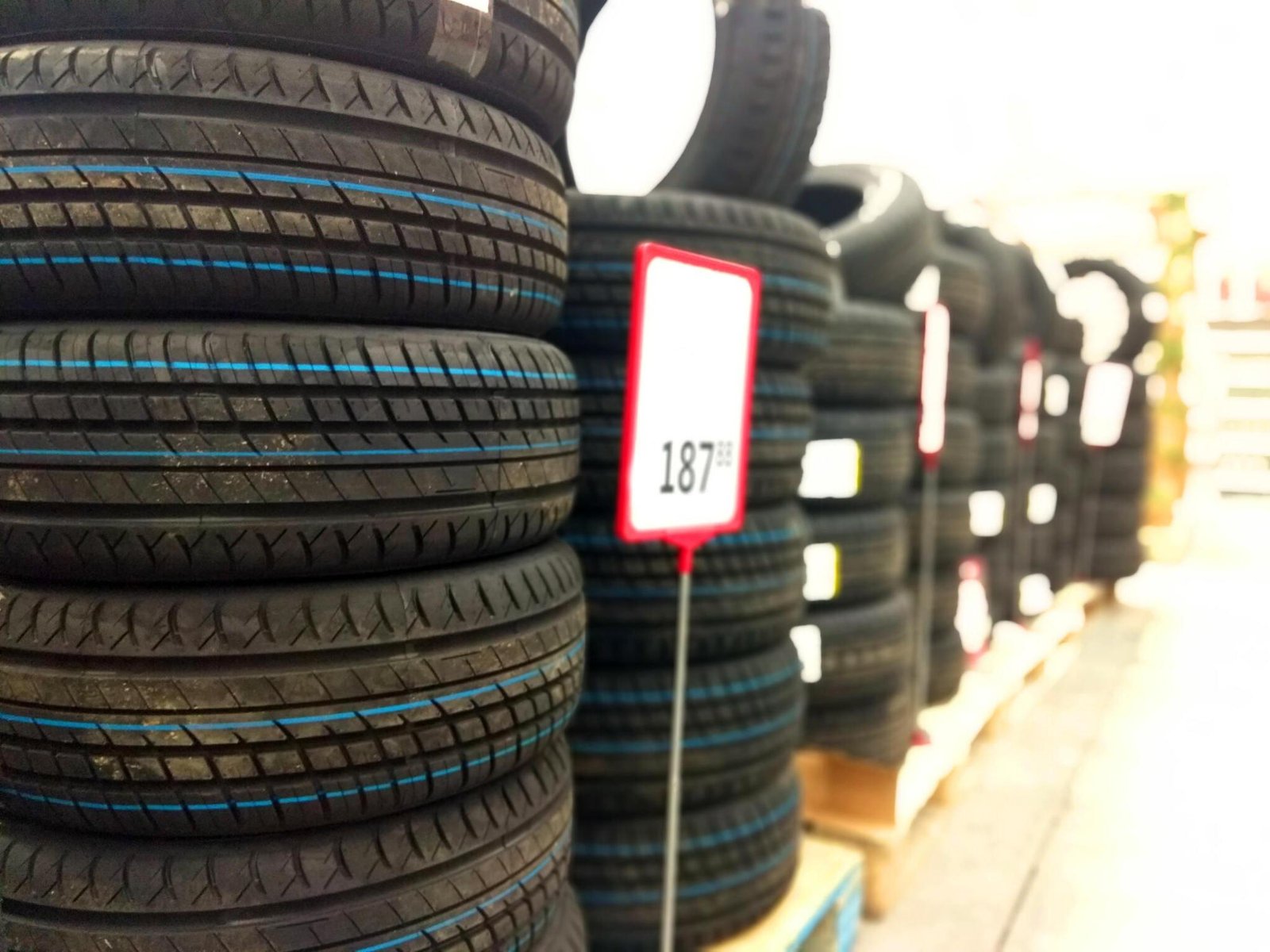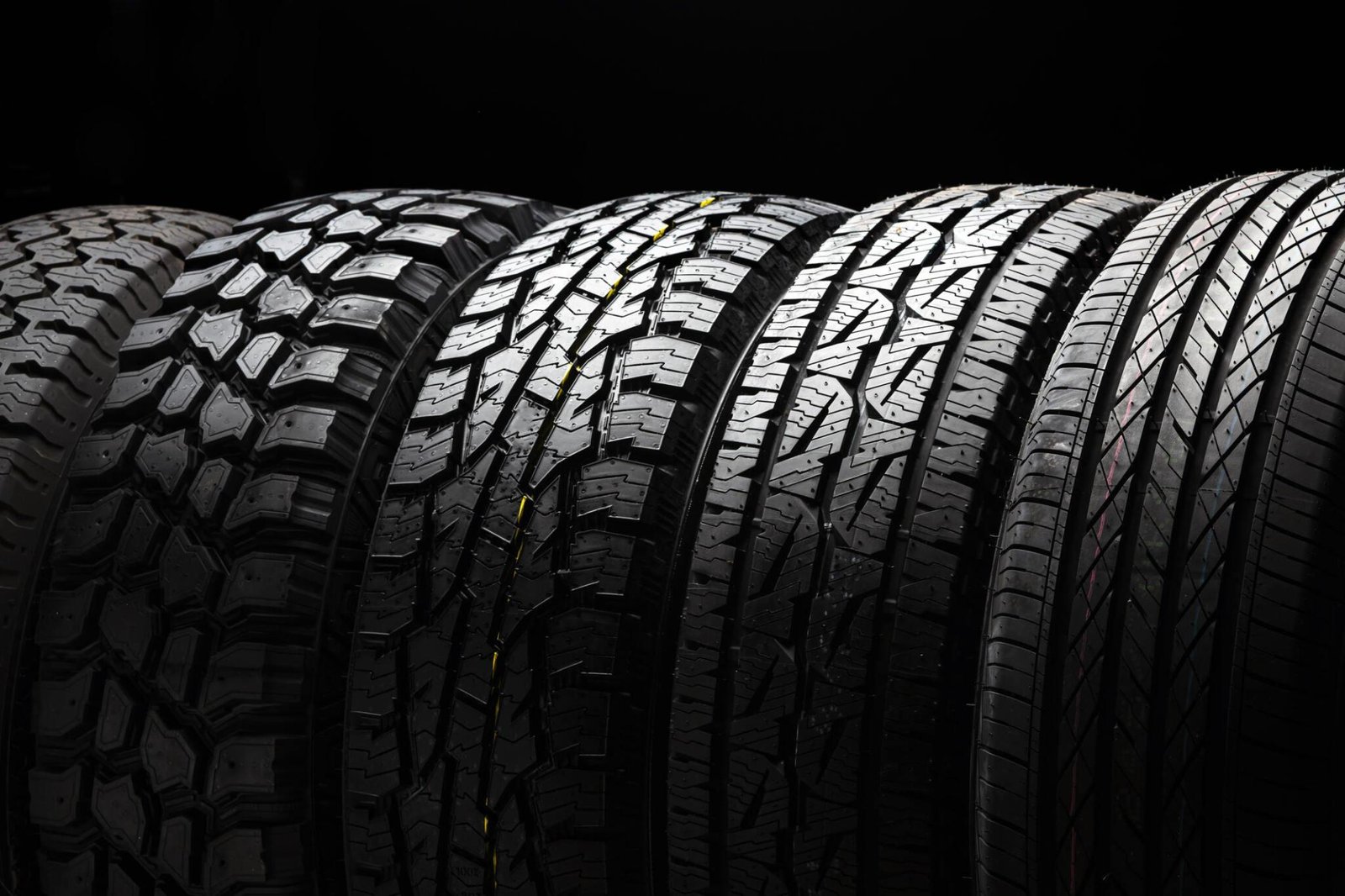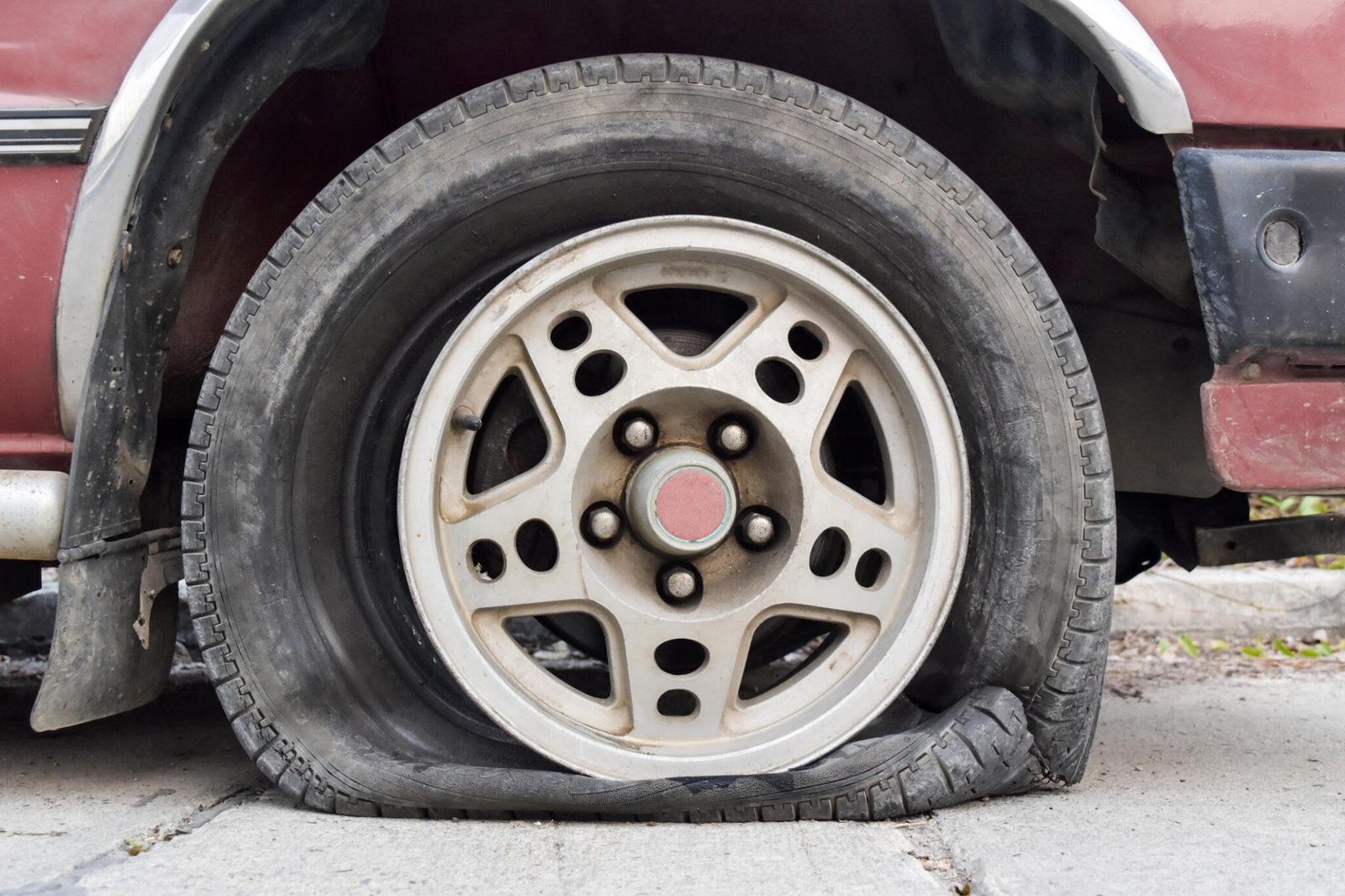Last Updated on March 23, 2024
Key Differences Between Winter Tires vs All-Season Tires
Choosing the right tires for your vehicle often involves winter and all-season tires. Each type has its strengths and weaknesses, and making the right choice can significantly impact your safety and driving experience. In this guide, we’ll break down the key differences between these two tire types and help you understand when it’s best to use each.
Winter Tires: The Cold-Weather Champions
Key Features:
- Specially designed for cold temperatures (below 45°F or seven °C).
- Unique rubber compounds remain flexible in freezing conditions.
- Tread patterns with deep grooves and sipes for superior traction on snow and ice.
- Enhanced braking and handling on icy roads.
When to Use Winter Tires
Winter tires are your best bet when living in harsh winters, frequent snowfall, and icy road conditions. They excel in providing grip and control in freezing temperatures, ensuring you can navigate safely through the most brutal winter weather.
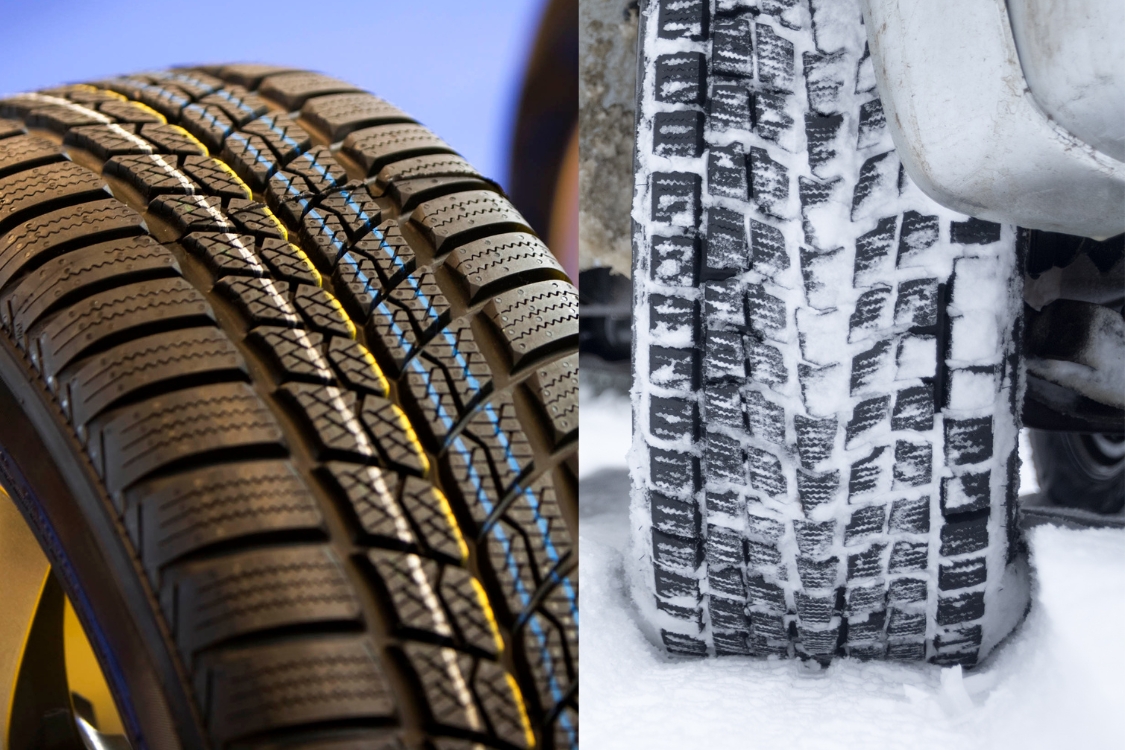
All-Season Tires: Versatility for Mild Conditions
Key Features:
- Designed to perform adequately in a wide range of weather conditions.
- Tread patterns suitable for dry, wet, and light snow-covered roads.
- Balanced performance in various temperature ranges.
When to Use All-Season Tires
All-season tires are a practical choice if you live in regions with mild winters, infrequent snowfall, and usually clear roads. They provide decent performance throughout the year, making them convenient for drivers who don’t want to switch tires with the seasons.
Decision-Making Factors: Winter Tires vs. All-Season Tires
Climate
- Winter Tires: Ideal for cold, snowy, and icy environments.
- All-Season Tires: Suitable for regions with mild and less extreme weather.
Road Conditions
- Winter Tires: Excellent for slippery and icy roads.
- All-Season Tires: Decent performance on dry and wet roads but limited on ice and deep snow.
Budget and Convenience
- Winter Tires: Extra expense and the hassle of seasonal tire changes.
- All-Season Tires: Cost-effective and convenient for year-round use.
Performance Priorities
- Winter Tires: Focus on winter-specific traction and safety.
- All-Season Tires: Balanced performance in various conditions.
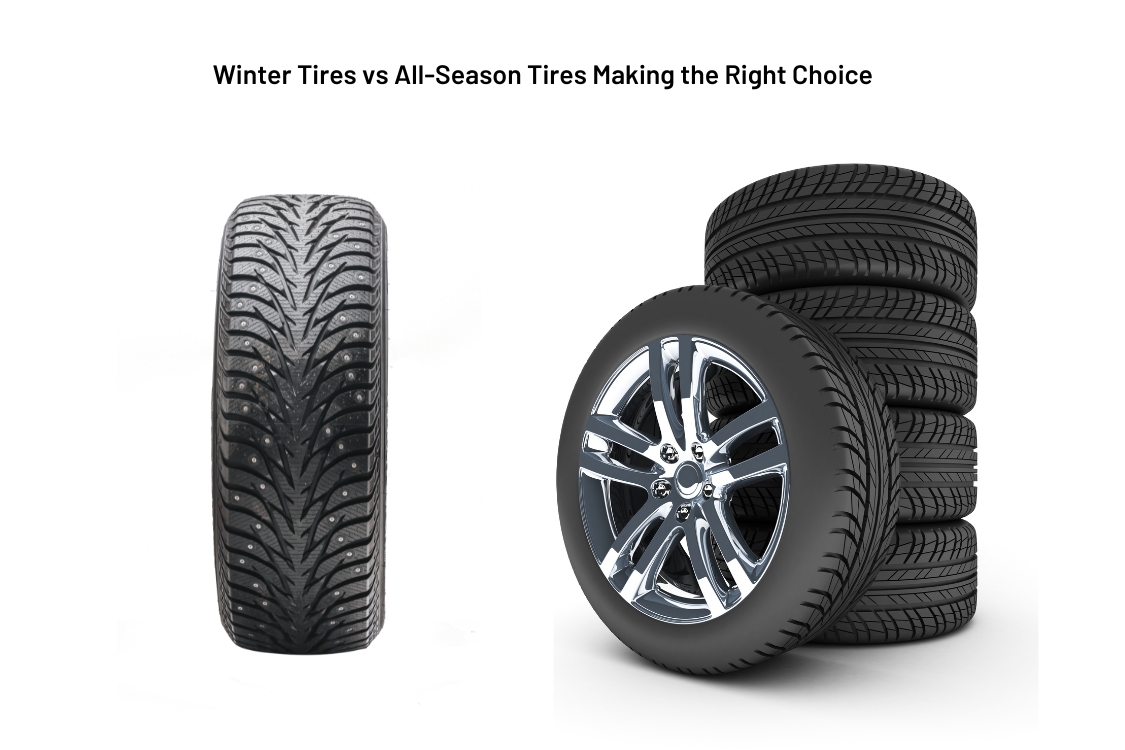
Making the Right Choice
Choosing between winter and all-season tires ultimately depends on where you live, the weather you typically encounter, and your driving habits. Investing in winter tires is an innovative safety move if you face harsh winters with heavy snowfall and icy roads. On the other hand, if you live in a milder climate and value the convenience of year-round tires, all-season tires provide versatility.
Ensuring your vehicle has the right tires for the season is critical to safe and enjoyable driving. Consider your location, climate, and driving conditions carefully, and you’ll be on your way to making the right tire choice for your needs.
Tread Rubber Compound for Cold Weather
In cold weather, regular all-season tread rubber, used in high-performance summer tires, hardens at a higher temperature than the rubber compound used in snow tires. Normal all-season tire rubber hardens as temperatures drop below 42 degrees Fahrenheit. Tire rubber must be flexible to grip the road. At or about 42 degrees Fahrenheit, an all-season and a winter tire have about the same traction; however, as the mercury drops, the winter tire gains grip, while all-season and high-performance tires lose traction. At temperatures well above 42 degrees Fahrenheit, all-season tires’ rubber is hard to resist wear.
In contrast, the rubber in the tread of a winter tire will soften and wear out much faster. For this reason, winter tires should be removed from the vehicle early in the spring and replaced in late fall when the temperatures regularly dip below 42F. Even the most premium winter tires, like the Nokian Hakkapeliitta 9 or the Michelin X-Ice Xi3, are not intended to last in the heat of summer.
Tread Pattern for Grip on Snow and Ice
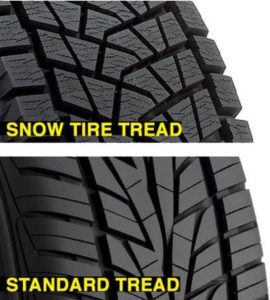 Another contributor to the winter traction is the pattern molded into the tread. Long-lasting summer tires typically have solid ribs separated by wide circumferential grooves. This tread type is optimized for extended tread life, good fuel efficiency, and a quiet ride on smooth roads.
Another contributor to the winter traction is the pattern molded into the tread. Long-lasting summer tires typically have solid ribs separated by wide circumferential grooves. This tread type is optimized for extended tread life, good fuel efficiency, and a quiet ride on smooth roads.
Regular all-season tires often have solid tread blocks arranged in a chevron-shaped pattern with wide grooves. These treads are ideal for evacuating water under the track, but tires need a high density of biting edges for traction on ice and snow.
Tire Engineers achieve this by molding tread narrow slits into the tread features. Often the tread features are covered in these okay slits or tread sipes. Tread sipes provide a biting edge while maintaining the integrity of the tread for better handling and lower noise levels. Examples of winter tire styles with very high sipe density to aid in snow and ice grip are the Claw Tires, Bridgestone Blizzak WS80, and Antares Grip 20 tires.
Tire Markings
The name of the tire and the markings on the side of the tire are also an indication of the intended use. A typical marking on a winter tire is the Three Peak Mountain Snowflake Symbol. When this marking is on a tire, you know it meets specific snow traction performance requirements set by the Rubber Manufacturer’s Association of America and the Rubber Association of Canada. All-season tires never have this marking. More typically, all-season tires will have the more generic M+S marking. M+S marked tires are not a good performance indicator on cold winter roads, ice, or packed snow.
Conclusion
There’s no one-size-fits-all answer in the winter tires vs. all-season tires debate. It’s about understanding your driving environment and priorities. Whatever you choose, remember that well-maintained tires are essential for road safety, so regular inspections and replacements when needed are a must.
There is a lot of high-tech in your car tires, which can be tuned from tire to tire to make them perform according to the intended vehicle type, road condition, driving style, and, most importantly, temperature. The main difference between winter and all-season tires is not something you can see. The rubber compound is by far the most significant factor in the level of winter traction you get from any given tire. The second most important difference between winter and all-season tires is the design molded onto the tread.
Tires-easy for Winter Tires
Tires Easy has various winter tires for all types of cars and driving styles. Use our tire selector to find the size, brand, and style that fits your budget.
Create an account for free on Tires Easy and check out the discounted prices on a great selection of tires.
FAQs
Is it better to get all-season tires or winter tires?
It depends on where you live. Winter tires are safer in cold, snowy areas, while all-season tires work well in milder climates with less snow.
Can I use all-season tires for winter?
You can, but winter tires provide better traction and safety in cold and snowy conditions.
Can I drive winter tires in summer?
It’s not recommended. Winter tires wear quickly in hot weather and may not handle well in summer conditions.
Are winter tires good in the rain?
Yes, they are. Winter tires have an excellent wet grip but excel in snow and ice. For rainy seasons, all-season tires might be a better choice.





